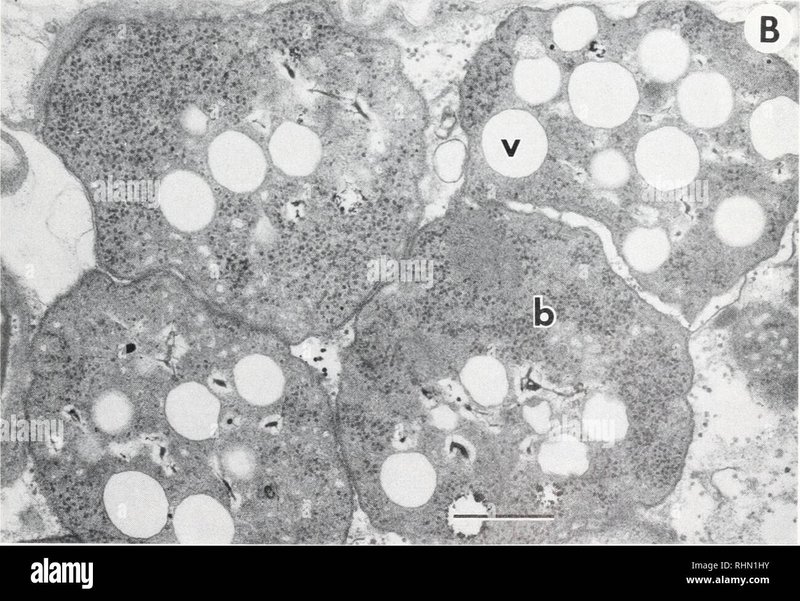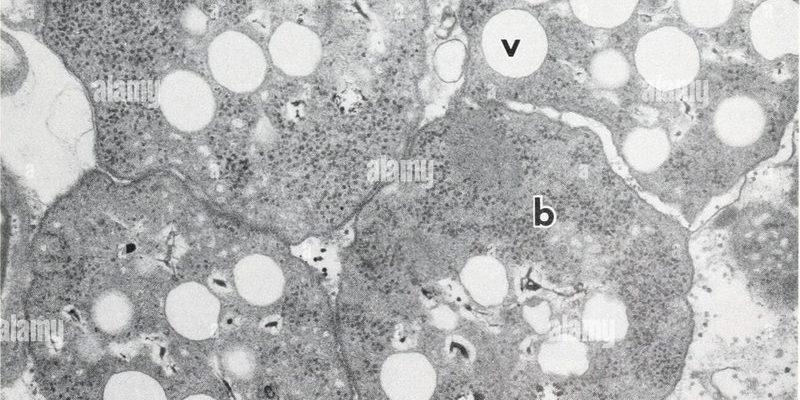
Understanding Riftia Pachyptila’s Habitat
The Riftia pachyptila lives in a special place called hydrothermal vent ecosystems. These vents release superheated water rich in minerals from the Earth’s interior. Picture a geyser, but instead of spraying water and steam, it spews out mineral-laden fluids that can reach temperatures over 400 degrees Celsius!
This extreme environment is devoid of sunlight, where most life forms rely on photosynthesis. Instead, life here depends on chemosynthesis, a process that uses the chemical energy from these vent fluids. Riftia pachyptila has adapted beautifully to this habitat, thriving in conditions that would be hostile to many other life forms.
The tubes they live in are often found clustered together, creating a community of these incredible organisms. These clusters can be seen hanging on rocky surfaces, creating a vibrant yet unusual sight in the otherwise dark ocean floor.
The Role of Symbiotic Bacteria
If you’re trying to understand the feeding mechanism of Riftia pachyptila, you can think of it as a partnership between the worm and bacteria. Within Riftia’s body, special organs called trophosomes house these symbiotic bacteria. This is where the real magic happens.
Here’s how it works: the tube worm draws in nutrients and chemicals from the surrounding water, which includes hydrogen sulfide—a key ingredient for the bacteria. The bacteria, in turn, convert this hydrogen sulfide into organic compounds through chemosynthesis. Essentially, the bacteria are like little chefs creating food from chemical ingredients, while the Riftia pachyptila provides a cozy home for them.
This partnership is a perfect example of how life can adapt and thrive under extreme conditions. Without these bacteria, the Riftia pachyptila wouldn’t survive. They’re completely reliant on each other, showcasing the beauty of interdependence in nature.
How the Feeding Mechanism Works
So, how does the actual feeding process unfold? Let’s break it down step-by-step:
1. Water Intake: The Riftia pachyptila first takes in water through its gills. This water is rich in essential chemicals from the hydrothermal vents, including hydrogen sulfide and methane.
2. Nutrient Conversion: The water then travels to the trophosome, where the symbiotic bacteria reside. Here, the bacteria convert the inorganic chemicals into organic material that the worm can use for energy.
3. Nutrient Transport: Once the bacteria create these nutrients, they pass them to the worm through specialized tissues. This process is akin to sharing a plate of a delicious meal.
4. Waste Elimination: Finally, any waste produced during this process is expelled through the worm’s body, keeping everything neat and tidy.
This unique feeding mechanism allows Riftia pachyptila to not only survive but thrive in an environment where food is scarce and conditions are extreme.
Why This Feeding Mechanism Matters
Understanding the feeding mechanism of Riftia pachyptila is important for several reasons. First, it shows us how life can adapt to extreme environments. Scientists study these organisms to learn about potential life on other planets where conditions might be similar.
Moreover, this feeding strategy provides insights into the broader ecosystem surrounding hydrothermal vents. The bacteria that sustain Riftia pachyptila also support a wide variety of other organisms. This interconnectedness is essential for maintaining the health of these deep-sea communities.
Finally, the resilience displayed by Riftia pachyptila can inspire us in our own lives. Just as it has adapted to thrive in a challenging environment, so can we find ways to adjust and flourish, no matter the odds.
Comparing Riftia Pachyptila to Other Tube Worms
While Riftia pachyptila is fascinating on its own, it’s also interesting to compare it to other types of tube worms. For instance, lamellibrachia is another genus of tube worm found around cold seeps. Unlike Riftia, lamellibrachia can live for decades, and their feeding mechanism is slightly different.
Both organisms rely on symbiotic bacteria, but their habitats and the chemicals they utilize vary. Riftia pachyptila thrives in high-temperature vent areas and uses hydrogen sulfide, while lamellibrachia often prefers cooler waters and can utilize methane.
This diversity highlights the various ways evolution has shaped life in the deep sea, showcasing nature’s creativity and adaptability.
The Future of Research on Riftia Pachyptila
As scientists continue to explore the ocean, studying organisms like Riftia pachyptila will remain crucial. Research into their feeding mechanisms and ecosystems can lead to new discoveries that may benefit our understanding of life itself.
Scientists are also looking into how these systems respond to environmental changes, such as climate change and ocean acidification. Understanding how Riftia pachyptila adapts—or fails to adapt—could provide insights into broader ecological responses.
In the end, the feeding mechanism of Riftia pachyptila is not just a biological curiosity; it’s a window into the resilience of life on our planet and beyond.
The feeding mechanism of Riftia pachyptila is a captivating example of nature’s ingenuity. By forming a symbiotic relationship with bacteria, this tube worm thrives in an environment where most life would struggle to survive. As we continue to learn about these fascinating creatures, we gain not only knowledge about the depths of our oceans but also inspiration for our own lives.
Just like the Riftia pachyptila, we can find ways to adapt and grow, even in challenging conditions. So, the next time you think about deep-sea life, remember this little worm and its incredible story of survival and partnership!

